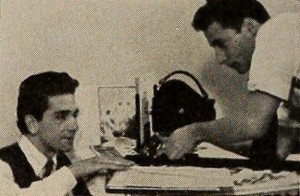
"Produced for the Besbee Products Corporation, by Charles J. Carbonaro, Entitled to Success is something new in the amateur movie industry. It represents the use of movies to advertise a movie product; in this case it is the Besbee Universal Title Maker. In this film, Mr. Carbonaro maintains his usual high standard of photographic excellence, and he has introduced a number of ingenious technical tricks. The story is a delightfully and naturally handled tale of a new movie maker who acquires a titler and sets out to investigate its possibilities with the aid of his wife and a friend who is also an amateur filmer. The fresh, contagious enthusiasm of the real movie fan is effectively portrayed by the well directed cast, and anybody who has had the experience of buying a new cine accessory will not fail to chuckle sympathetically with the hero's intense delight as the story unfolds. The picture is beautifully planned and expertly edited and, best of all, it has the little touches that grow only from sincerity of purpose and understanding of the art of the cinema." Movie Makers, Dec. 1938, 617-618.
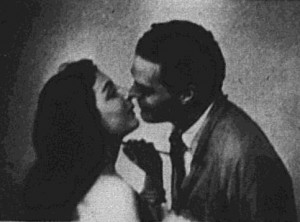
"Strangely enough, although its producers may or may not have intended it, Entre dos Rosas (Between Two Roses) is essentially an old-fashioned morality play set forth in fairly modern filmic turns. For here is a handsome young artist as the protagonist of the action. Here, in the girl of a white rose, is the embodiment of virtue; while there, in the girl of the red rose, is the embodiment of evil. And, overlooking this eternal tug of war, is the figure of Fate or Destiny. Only at the end does Entre dos Rosas turn away from the classic formula, since, with a realistic and more modern psychology than that which stirred the medieval dramatist, it refuses to resolve the ultimate struggle. To the drawing of this age-old triangle, Carlos Barrios Baron has brought stimulating though deliberate direction, while Alfredo Rubio has interpreted his ideas in monochrome imagery which is both visually creative and dramatically compelling. Although Entre dos Rosas of leaves its classic central problem unsolved. It is a striking experimental film well worthy of study by less daring movie makers" PSA Journal, Jan. 1954, 50.
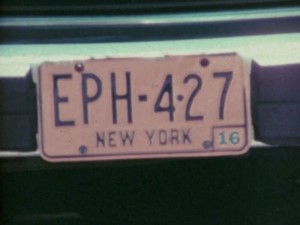
The filmmaker's wry memoir, using many of his own films shot from 1936 onward and new footage. The title refers to his date of birth, April 21, 1916. Winner of a “Ten-Best Contest” in1979, EPH 4/27/16 is an autobiographical piece that mixes photo-montage with home-movie footage, narrated by Horowitz and rich with his comical musings on life and change, past and present.
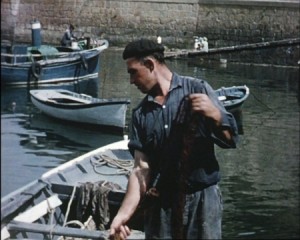
Cortometraje documental sobre la costa vizcaína que hace un recorrido desde la playa de Ereaga hasta el Cabo Matxitxako. En la película se pueden ver imágenes del Puerto de Bilbao y de las playas de Ereaga, Arrigunaga, Azkorri y Sopelana. También se aprecian las localidades vizcaínas de Barrika, Plencia, Gorliz, Armintza, Bakio y San Juan de Gaztelugatxe.
Documentary short about the Biscayne Bay that depicts a tour from the Ereaga beach to Cape Matxitxako. The film shows images of the Bilbao Port and the beaches in Ereaga, Arrigunaga, Azkorri and Sopelana. Local Biscayne places are also seen: Barrika, Plencia, Gorliz, Armintza, Bakio and San Juan de Gaztelugatxe.
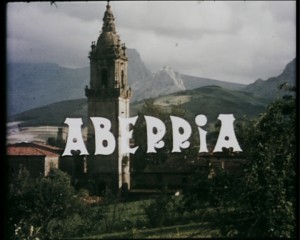
Profunda reflexión sobre la Patria. Refleja la visión del ambiente rural de Euskal Herria a través de tomas de personajes populares como los bertsolaris Valentin Enbeitia y Jon Lopategi y el bailarín Victor Olaeta. Por razones de censura la película pasó a llamarse Erria (El Pueblo)
A profound reflection about the Homeland. Reflects the perspective of the rurality in Euskal Herria, through shots of popular characters such as the bertsolaris Valentin Enbetia and Jon Lopategi, and the dancer Victor Olaeta. Because of censorship, the name of the film had to be changed to Erria (The Town).
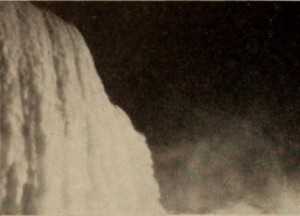
"Warren Doremus might have made in his Escape just one more film about Niagara Falls. But he did not. Instead, with unerring instinct, he has blended music (Wagner's Liebestod) with emotional imagery to produce a very nearly perfect small work of art. His secret seems to be great brevity and even greater selectivity. In a film as short as this, flaws show up more strongly than in longer works. Escape has its flaws, particularly in a series of opening scenes presumably supposed to set the mood before the film proper begins. To these reviewers these shots do not seem quite suited to the main theme, and lack of musical accompaniment makes them a bit pointless. But Escape survives as a fresh and moving treatment of a very old subject." Movie Makers, Dec. 1949, 453-454.
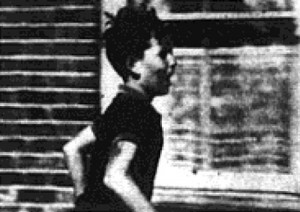
"Escape, a black-and-white film from Richmond, Surrey, England, is by Alan Lavender. This is a story of a small boy's life under a difficult marital situation and how all of the problems are solved with one final blow. The story is not new, but is handled cleverly and holds audience interest to the very surprising end. 14 minutes" PSA Journal, Nov. 1969, 57.
"The dependence of all living things on water. The physical properties of water; water as a habitat for such creatures as insects, birds, beavers, frogs; use and abuse of water resources by man." (BC Archives)

El documental muestra el ciclo vital de la oruga procesionaria del pino (Thaumetopoea Pityocampa), abundante en bosques de pinos de Europa del Sur y América del Sur y considerada como el insecto defoliador más importante de los pinares españoles.
The documentary shows the life cycle of the pine processionary caterpillar (Thaumetopoea Pityocampa), abundant in Southern European and South American forests, considered as the most important defoliating insect of the Spanish pine forests.
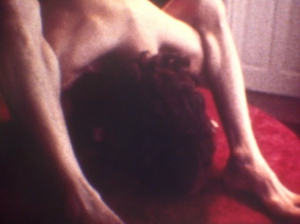
"Primer súper 8 de Nicolás Echevarría, quien ya había realizado un trabajo experimental en 16 milímetros y veía en los superocheros una suerte de "comunidad de marginados" con la que se sentía a gusto, mostraba sobre el fondo de una pieza de Ravel las poses de un contorsionista que buscaba la autosatisfacción en un decorado que asocia la noción burguesa de confort al erotismo" (Vázquez Mantecón 2012)
"First super 8 film of Nicolás Echevarría, who had already filmed and experimental piece in 16 mm and saw in the supereighters a sort of "outcasts' community" that he identified himself with, it showed with the background of a Ravel musical piece the poses of a male contortionist looking for self-satisfaction in a setting that associates the notion of the bourgeoisie to the comfort of eroticism"
Total Pages: 203